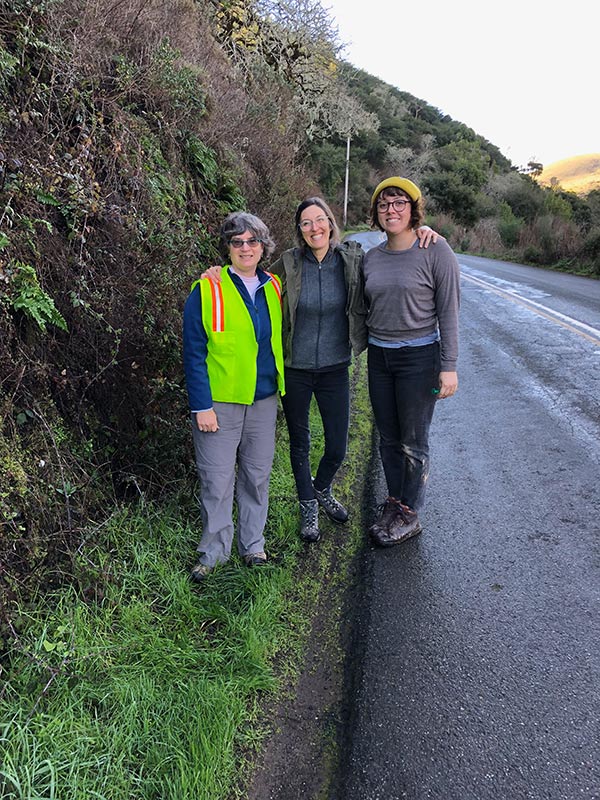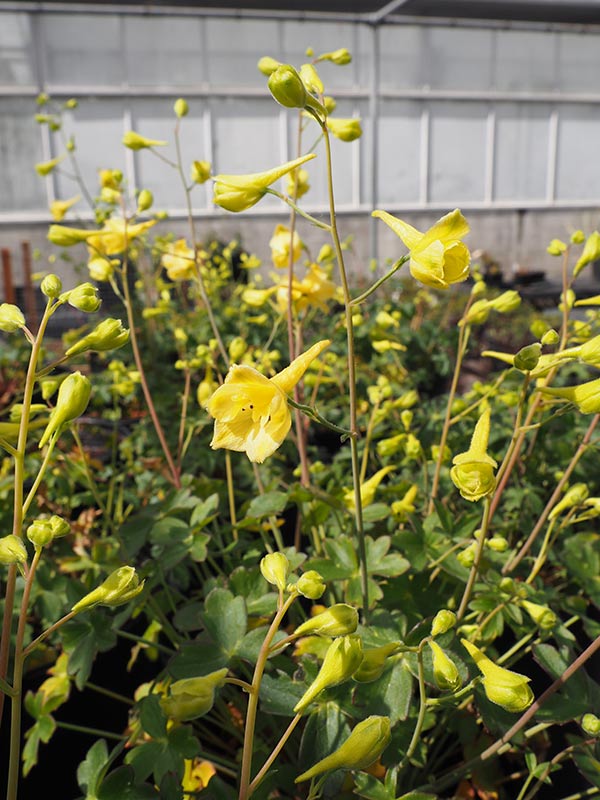Field Conservation in the Time of COVID-19
Working from home is all well and good for many conservation tasks. But rare plants are found in their habitats – decidedly outside of home offices. Plants’ homes must be visited to monitor populations, collect seed, conduct management activities, and more. Field work is usually at its peak in the spring and summer, with many plants in bloom. But COVID-19 has changed the logistics of this work for many CPC institutions – some more than others.
In May, CPC hosted the first in a series of online meetings giving conservationists from our Participating Institutions the chance to share some of their experiences and challenges with continuing or restarting field conservation work across the country. It became clear that there are vast differences between regions (even within the same state), as well as institutional differences in policy and approaches.
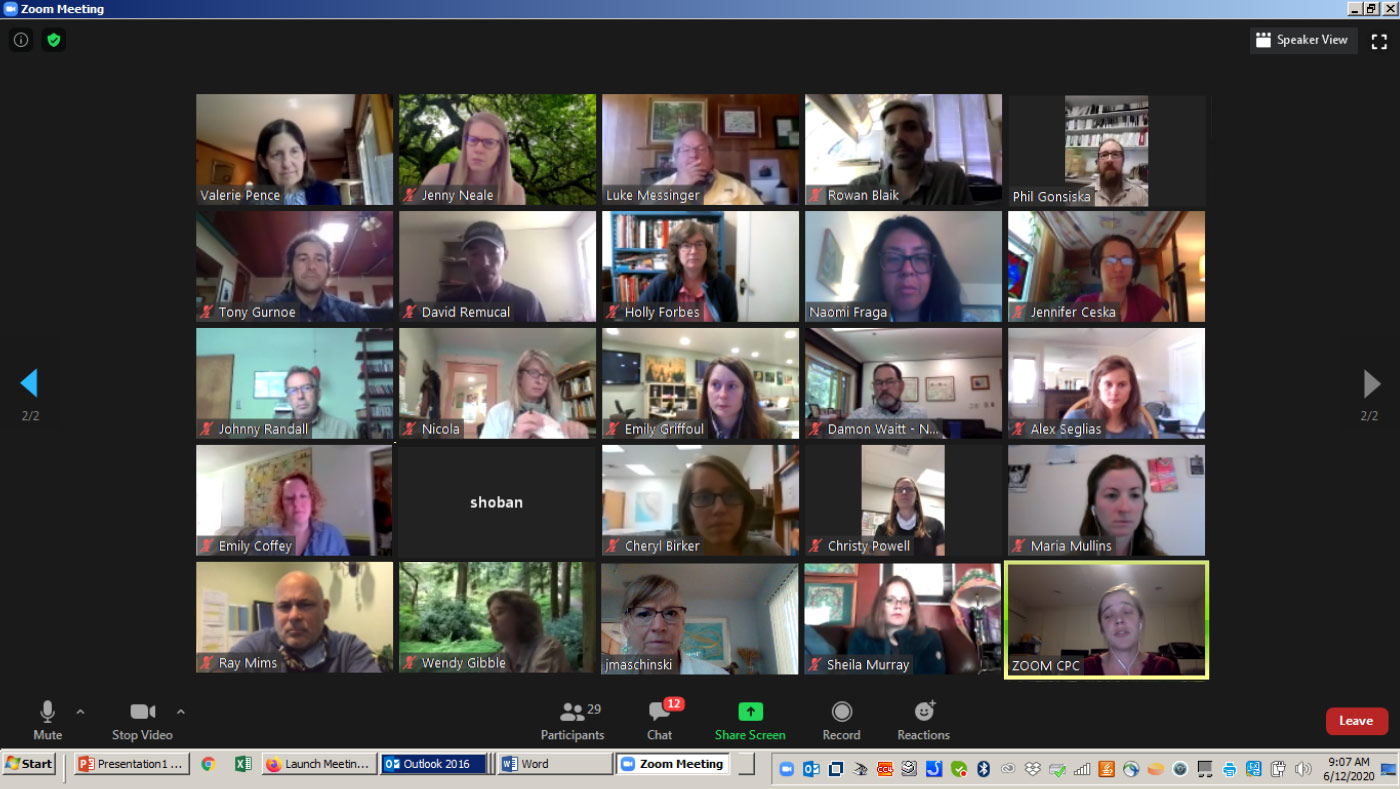
Conducting field work does not preclude the need to follow social distancing regulations. While it seems straightforward to keep a minimum of six feet of distance and/or wear a mask when in the field, these requirements do present challenges. Tom Kaye, Ph.D., executive director of the Institute for Applied Ecology (IAE), requires his team members to stay six feet apart in the field. He has noted complications arising in training and answering specific questions in the field, but they are getting the work done. This year, the IAE teams have already worked on projects monitoring reintroduced populations of the threatened golden paintbrush (Castilleja levisecta) – using separate equipment where possible, sanitizing shared equipment between uses, wearing masks, and staying physically distant.
Transportation is a recurring issue with field work, and adjustments for COVID-19 are leading to lost efficiency and added expense. Because a vehicle has many surfaces and a small airspace, current recommendations are that team members not share vehicles for long durations. But field vehicles are in short supply for many institutions, and the unplanned use of multiple vehicles affects project budgets. The IAE team is facing these issues. To monitor Cook’s desert parsley (Lomatium cookii), which requires overnight travel, Kaye’s team drove separately, camped and cooked separately, and worked in the field separately. Although this method was slower and a bit more expensive, they were able to get strong data on existing populations and seedling recruitment in reintroduced patches. Other institutions have not fared as well with budget changes, however, and are seeing greater impacts on field work. Even where field work continues, the budget impacts add up.
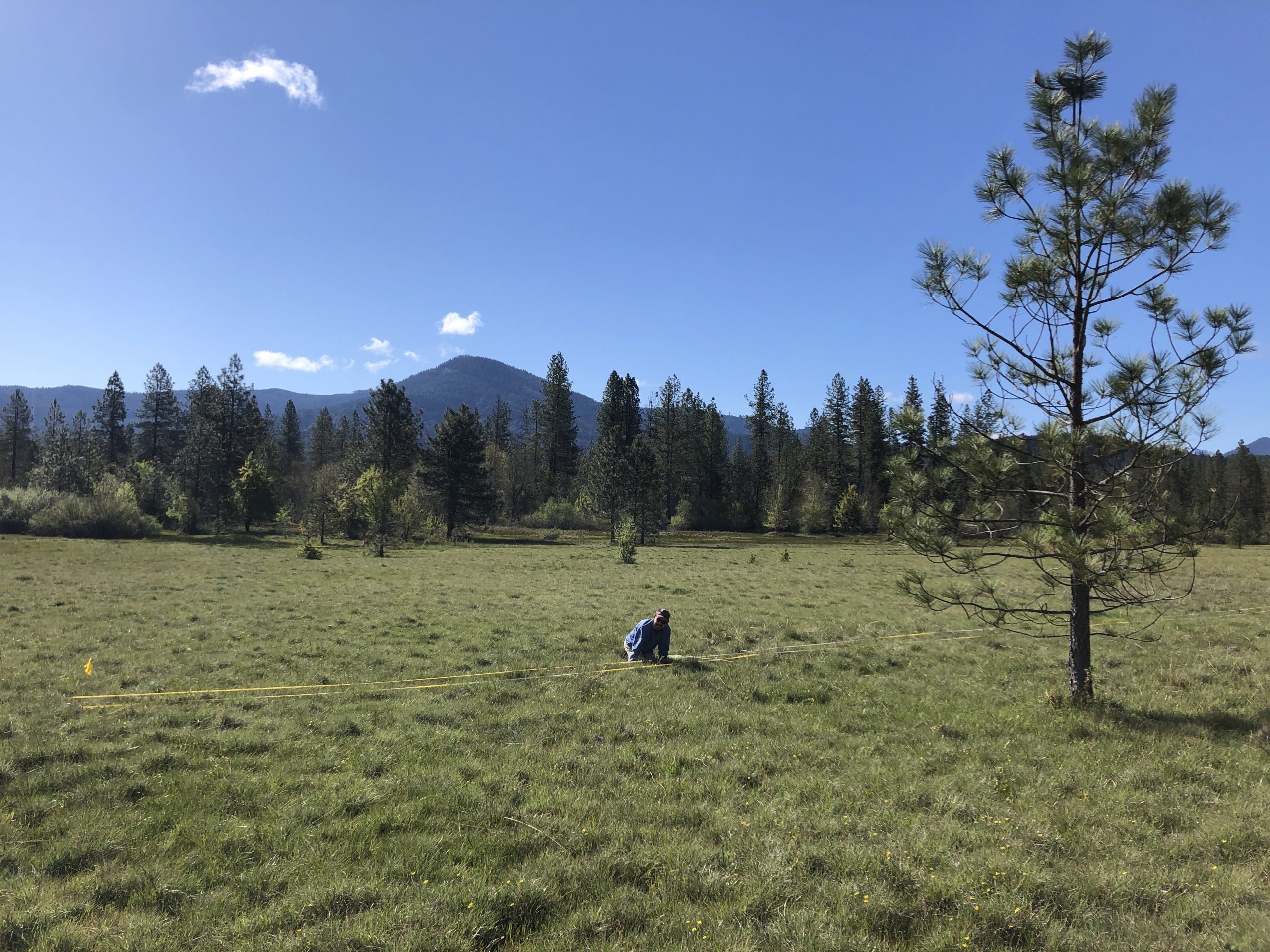
The University of California Botanical Garden (UCBG) has had a very different experience during this field season and is just starting to get back into field work. The university took a strong stance against field work until recently. In late May, curator Holly Forbes was excited to receive permission to conduct field work, but it was still limited to staff only (no volunteers) with a maximum of two staff per vehicle. As solo field work is uncommon due to safety concerns, this limitation does not actually open up field opportunities very much. The mandate to work in teams is further complicated by indirect COVID-19 factors. Due to cutbacks in staffing at the garden, increased plant care duties leave less time for the team to conduct field projects, and some staff also need to juggle childcare duties.
Still, the loosening of restrictions by the university is now allowing the team to tackle some of their conservation priorities. The endangered Baker’s larkspur (Delphinium bakeri) is in need of monitoring to better inform reintroduction strategies. This project, thought to be lost just a month ago, is now a possibility. Unfortunately, the field season for several early-flowering taxa has passed. The UCBG team is now focusing on taxa with phenology (cyclic and seasonal traits, including bloom and fruiting times) that match opportunities in their schedule.
The closure of lands with rare plant habitats, and of campgrounds and other facilities, has also impacted field work. The UCBG team missed the season for one taxon on Bay Area park land. The IAE team has had to delay projects requiring overnight stays in motels or campgrounds, which are closed in Oregon. For both institutions, this means projects are pushed back a full year.
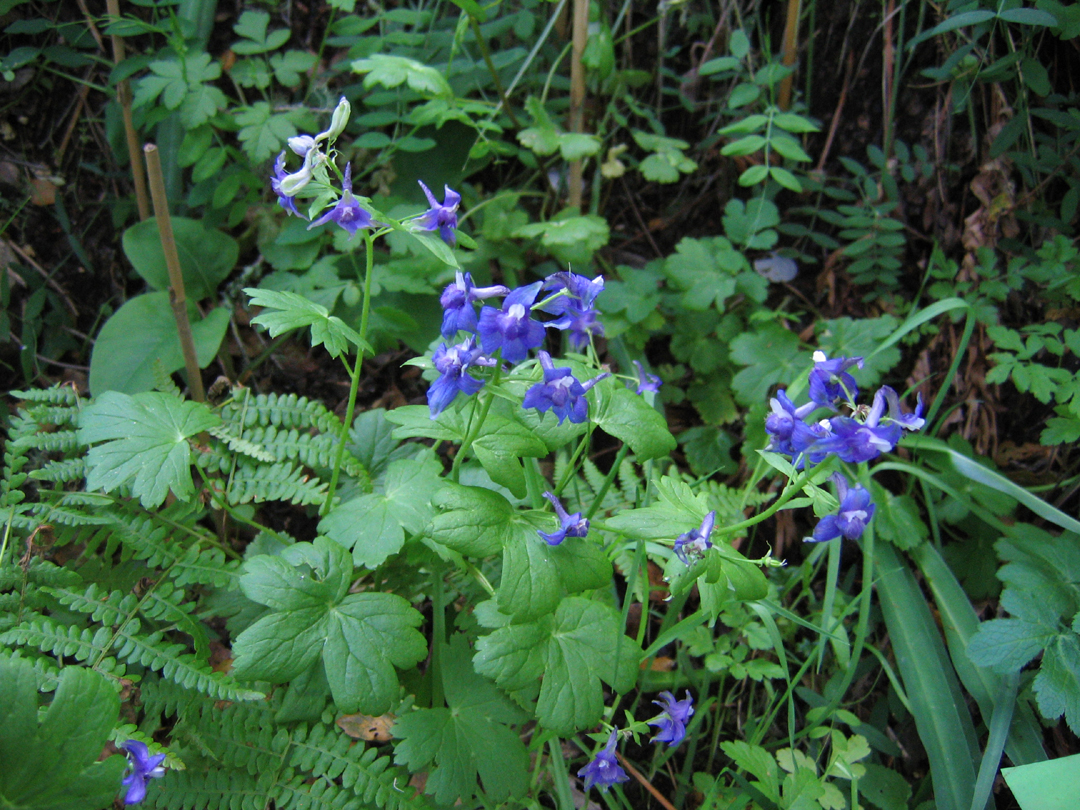

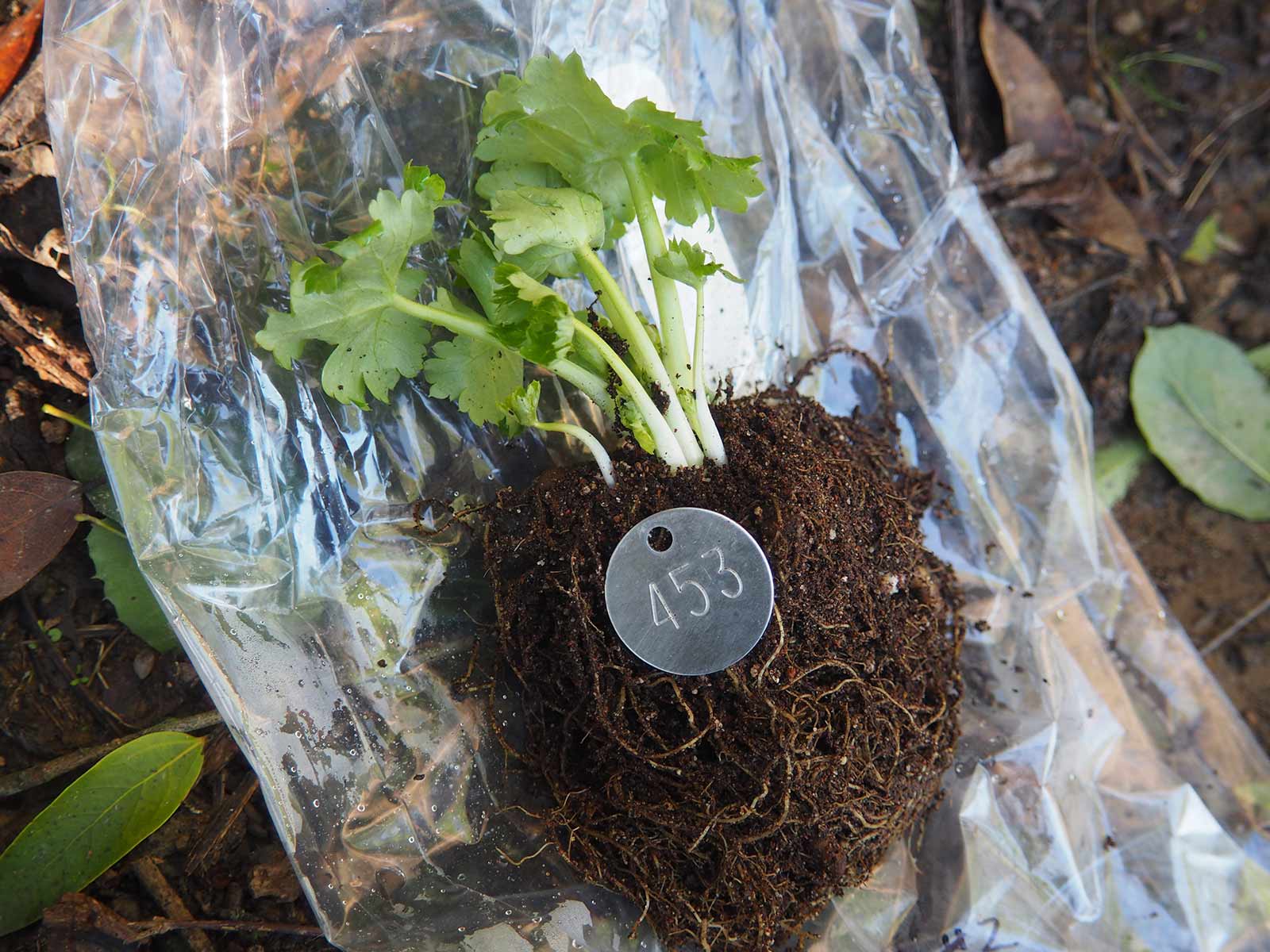
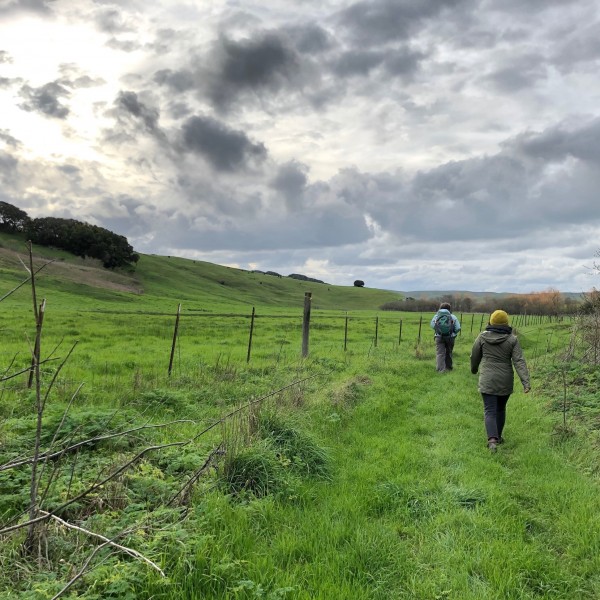
These are just two of the experiences of institutions that participated in the CPC meeting. Our Participating Institutions across the nation are all adjusting to field work during the pandemic. Some reported minimal impacts (North Carolina Botanical Garden). Others reported working out guidelines for their staff (Desert Botanical Garden), limiting work with staff at partner institutions to reduce contamination (National Tropic Botanic Garden), and other adjustments. Field work guidelines and protocols will continue to evolve. But the take-home message of the meeting was clear: saving plants is the top priority for all of our Participating Institutions, and they are committed to identifying and implementing the changes needed to safely achieve this goal in the time of COVID-19.
Photo credit: Vanessa Handley, Ph.D., courtesy of University of California Botanical Garden.
